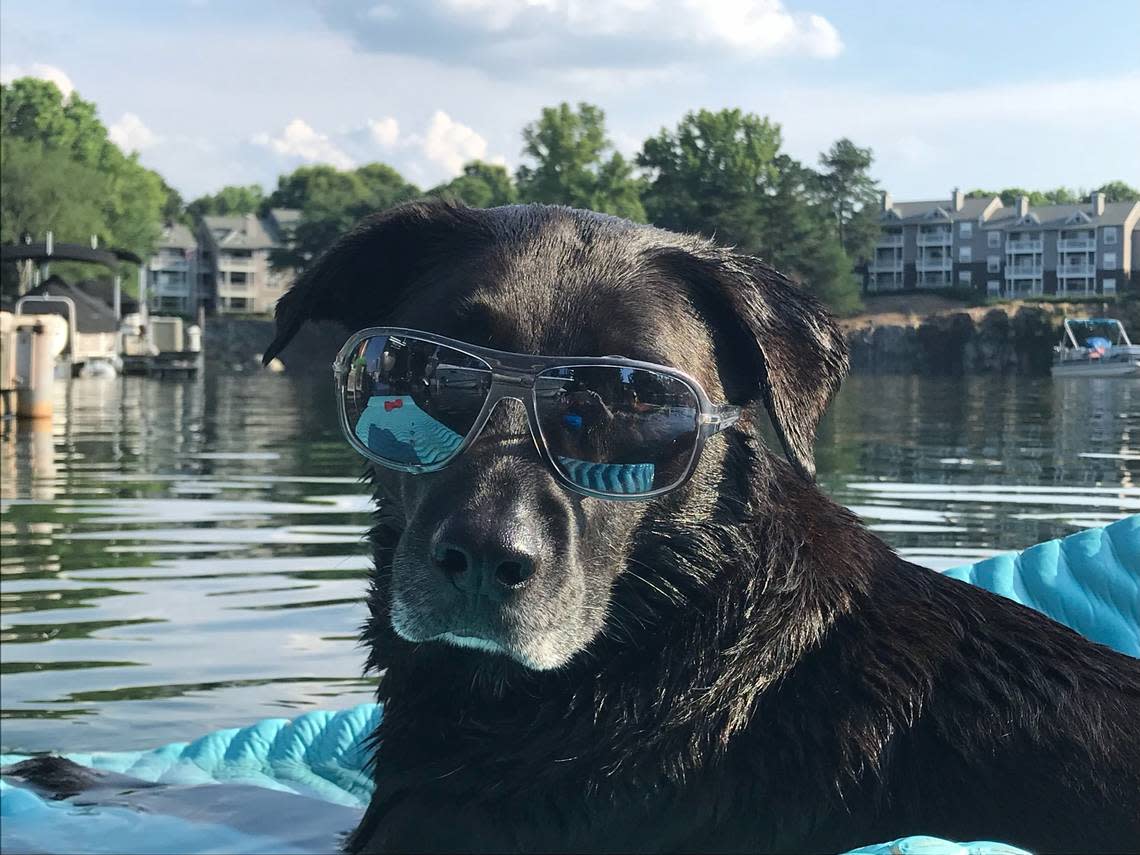Here are signs your dog has heat exhaustion & tips to best treat them, a Georgia vet says

With heat-related injuries in animals on the rise in Georgia, pet owners need to take some precautions.
The Columbus Ledger-Enquirer spoke to Dr. Nonie Eakle, associate veterinarian at Affordable Veterinary Services about what you can do to keep your pets safe this summer.
Affordable Veterinary Services specializes in spaying, neutering and preventative wellness for animals, but they “receive numerous phone calls regarding heat-related issues” and advise pet parents to seek veterinary care when their pet in danger.
Dr. Eakle says there are some breeds that are more susceptible to heat-related issues.
Which breeds suffer the most during the summer?
Brachycephalic breeds, those dogs with “smushed faces” are particularly vulnerable.
Boxer — This breed relies on panting to regulate their body temperature.
French Bulldogs (and other bulldogs) — One of the more popular breeds of dog in this state, the increased work of breathing in the heat can hinder their regulation.
Chow Chow — You can blame this dog’s trouble with heat on its thick coat. Because of the volume of fur, air has a harder time reaching the skin.
Pug — Most dogs have long tongues and open noses for a more open cooling area, but pugs have neither, so their cooling area is significantly smaller.
Husky — Huskies are one of the least self-aware dogs. Their love of running will keep them going until they just keel over from heat exhaustion.
Shih Tzu — Aside from being so low to the ground, these dogs have a double coat of fur that could keep them from cooling down.
Dog owners should also be more protective of dogs with these factors, advises Dr. Eakle:
with small nasal openings
overweight
unaccustomed to outdoor conditions
with respiratory diseases (including heartworm and lung disease)
very young and very old dogs
dogs with other medical conditions
What are the symptoms of heat exhaustion in dogs?
The staff at Affordable Vet suggests owners look out for these symptoms:
Excessive panting or difficulty breathing
Dehydration, which can include dry nose, lethargy, no urine output, or sunken eyes
Excessive drooling
Gray, purple or blue gums
Shaking
Vomiting and/or diarrhea
Dizziness
What should you do to treat your dog at home?
The University of Georgia Research offers some advice about heat safety. Dogs’ normal temperatures run between 100.5 to 102.5 degrees and anything above 103 is considered dangerous.
Wet them down with cool water — especially around their ears and paws.
Set them in front of a fan.
Give them sips of lukewarm or cool — not cold — water, and never ice.
If your dog loses consciousness or you can’t get their temperature or symptoms under control, it’s best to just call your vet.
What if your dog spends most of the time outside?
It’s best, says Dr. Eakle, to make sure they have a lot of shade and fresh, cool water. Avoid exercising them during the hottest part of the day, and above all else, be vigilant. It’s better to be proactive and ward off an event than to have to seek medical treatment.
Can hawks, owls or other Georgia birds lift & carry away small dogs? Here’s what to know
Georgia passed a new law about spam calls. How will it change consumers’ rights?





